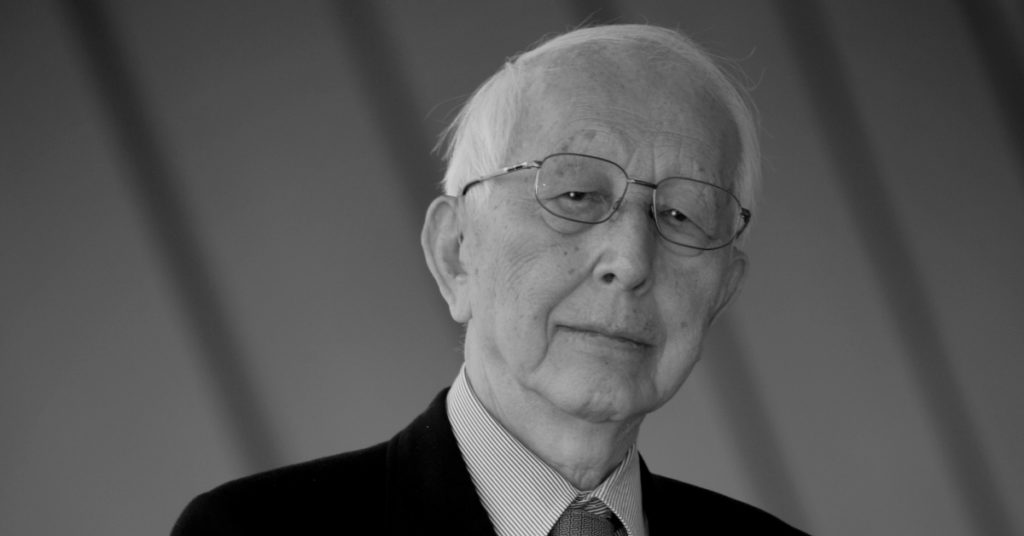
Fumihiko Maki, né le 6 septembre 1928 à Tokyo, au Japon, est le lauréat 1993 de la médaille d’or de l’UIA. Diplômé en 1952 de l’Université de Tokyo, il obtient sa maîtrise en architecture aux États-Unis, à la Cranbrook Academy of Art en 1953 et à la Harvard Graduate School of Design en 1954. De 1956 à 1960, il est professeur à l’université Washington de Saint-Louis, où il est également chargé de réaliser son premier bâtiment, Steinberg Hall. De 1962 à 1965, il enseigne à la Harvard Graduate School of Design (GSD) avant de retourner au Japon pour fonder Maki and Associates à Tokyo en 1965. Au Japon, il contribue à diriger les Métabolistes, un groupe de jeunes architectes japonais d’avant-garde qui « considèrent la croissance des bâtiments et des villes comme un processus fondamentalement organique, analogue aux branches et aux feuilles qui poussent à partir du tronc central d’un arbre ».
Caractérisé par une fusion du modernisme architectural et des matériaux, des méthodes et de la philosophie traditionnels japonais, son travail est guidé par une théorie spirituelle, psychologique et spatiale de l’urbanisme connue sous le nom d’Oku (奥), unique au Japon et suggérant « l’intériorité », et dont le meilleur exemple est le musée Shimane de l’ancien Izumo, achevé en 2006 et approché par un mur en acier tatara, produit localement par une méthode traditionnelle de fusion. Ses principaux bâtiments au Japon comprennent le Musée national d’art de Kyoto, le Gymnase métropolitain de Tokyo, le Pavillon des sciences Tepia à Tokyo, le Nippon Convention Center à Chiba et le campus Shonan Fujisawa de l’Université Keio. En 1993, il a réalisé le Yerba Buena Center for the Arts à San Francisco, en Californie, puis le Mildred Lane Kemper Art Museum, l’Annenberg Public Policy Center de l’université de Pennsylvanie à Philadelphie (2009), le Massachusetts Institute of Technology (MIT), le Media Lab Extension à Cambridge, dans le Massachusetts (2009) et l’immeuble d’habitation 51 Astor Place à New York (2013). En 2014, il a achevé le Musée Aga Khan à Toronto, au Canada, ainsi que le Centre Aga Khan à Londres en 2018.
Récompensé par le prix Pritzker en 1993, il a également remporté le Praemium Imperiale du Japon en 1999 et la médaille d’or de l’American Institute of Architects en 2011.